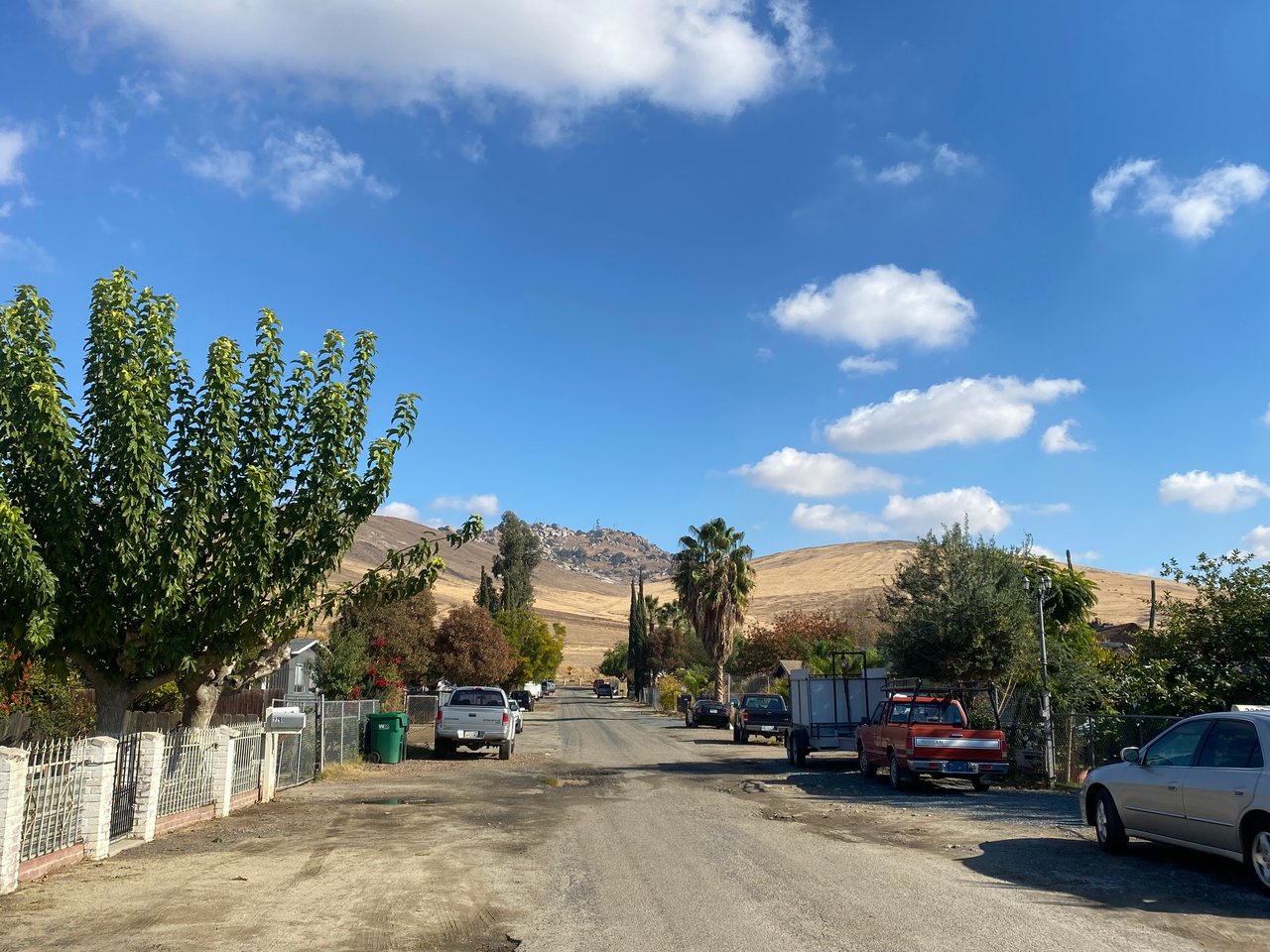TOOLEVILLE, Calif. (CN) — Noemi Barrera has spent four months without running water for herself and her four children, and is among many people in California living without it as wells across the state run dry.
Like most in the 184-person agricultural community of Tooleville, nestled by the Tulare County foothills, Barrera can hear the county’s water truck arriving down the street to bring five-gallon jug rations every other week. She can see the newly snow-capped Sierra Nevada mountains to the east, a sign of hope for a winter that could be as dry as the last.
Tooleville sits on a well that is now nearly unusable due to contamination from groundwater overdrilling. The state stepped in last year after the neighboring town Exeter refused to connect municipal water to the community’s residents.
Barrera’s family uses what tap water is left for showers, and relies on the county’s water, usually gone within one week, for cooking and laundry. To bathe her three-month-old Ruby, Barrera boils the county ration water to protect her daughter from the harsh chemicals. She buys bottled water from Costco every week to supplement what water rations cannot cover.
“Sometimes our toilet doesn’t even flush because there’s hardly any water in the toilet,” Barrera said. “Sometimes there’s no water at all, and my son comes back and he can’t shower.”
Barrera grew up in the citrus-covered community but never faced this lack of running water until she brought Ruby home from the hospital and could not take a shower. And she is aware that many communities across the state’s vital Central Valley are staring down the same daily life, as their basins are depleted by unprecedented drought and ongoing groundwater pumping.



The state faces a likely parched winter, and a fourth year of drought. Last summer Governor Gavin Newsom released the “Water Supply Strategy” to increase storage space for millions of acres of water, recycle wastewater and increase water use efficiency, stormwater capture and ocean water desalination. Since then, experts have sounded the alarm about the historic drought worsening with about 69% of 3,600 monitored wells below normal levels, of which nearly 1,000 are at an all-time low.
Many wells vulnerable to going dry rest in the southern San Joaquin Valley, where city officials debate solutions and negotiate with irrigation districts to prepare for running out of their federal water allocation.
Coalinga’s city manager Marissa Trejo said Oct. 28 that a deal with Patterson Irrigation District for $1.1 million would extend the city’s allocation to last through February next year. The Department of Water Resources announced Nov. 2 that $1.2 million was awarded to that city for an emergency water transfer through the winter months. In Visalia, city council candidates have promised new approaches to the looming water shortage, like improving sustainability of local water infrastructure.
But Camille Pannu, a Columbia Law School clinical professor of law, said the state will be hard-pressed to provide aid next year to meet coming challenges. Many communities will go “completely dry” without access to irrigation district water that is expensive to treat, and will rely on state bottled water programs as in the last drought.
Pannu said there are few counties prepared with disaster resilience funding plans. And Newsom’s office has focused on residential water conservation, rather than agricultural cuts.
“Most policy changes are imposed on city and urban drinking water users, who are a very small share of people who use water in general,” she said.
“The reality is that in some localities, it doesn't make sense for there to be pure local control over their water, because when you have built-in inequality of the water structure, you're never going to have an equitable power structure. We’re unlikely to see enforcement in time and it will be too late, but we’ll have another round of human rights disasters the way we did in the last drought. And it'll be really expensive.”












